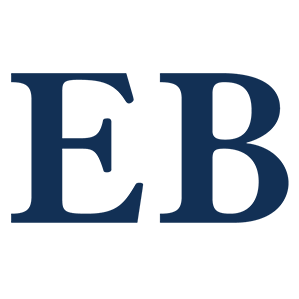Quick Summary
Libraries are essential. But what makes them unique from other public spaces? I explored this question using resources available on MNLINK and eLibrary Minnesota.

Libraries are vital for the communities they serve - whether rural, urban, or in-between. They ensure access to books and resources and provide many other services, even acting as centers for relief during times of crisis. But what makes them unique? Using eLibrary Minnesota, I explored the role of libraries as social infrastructure and centers for civic life.
There is a reason why libraries are seen as pillars of stability in their communities. In his book, “Palaces for the People,” Eric Klinenberg introduces and explores the concept of social infrastructure: organizations or spaces that help establish strong communities by promoting accessibility, well-being, togetherness, and inter-reliance. He highlights Chicago’s 1995 heat wave as a case study for the importance of social infrastructure, as he found that communities with social infrastructure not only had more access to refuge to escape the heat, but a stronger sense of community as they checked on each other's well-being, compared to those with limited spaces to serve as social infrastructure. Libraries serve as places of refuge upon which patrons and members of the community can rely in a crisis. Klinenberg praises libraries for their ability to meet the need for shelter and physical resources, but social and emotional needs as well. Their commitment to providing equal access promotes social equality and encourages lifelong learning in their communities, while also facilitating social interaction. To learn more about social infrastructure and the role of libraries, consider checking out this book, available via MNLINK.
During the COVID-19 pandemic, libraries modified their services in order to continue serving their patrons. In their article, “Pandemic Forces Programs to Move Online,” Anne Ford explores how libraries stepped up, adapting their services to address the needs of their communities. Understanding the importance of social interaction for their teenage patrons, Coeur d’Alene (Idaho) Public Library (CDAPL) responded promptly by finding ways to host programming in an online format. This led the library to organize weekly Dungeons and Dragons and video games groups, and to set up a Discord server so their patrons could interact outside of programming. To learn more about how CDAPL and other libraries responsed to the pandemic, (including the creation of a virtual escape room), check out the rest of this article, accessible on eLibrary Minnesota.
Time and again, libraries have shown their adaptability in the face of ever-changing patron needs, making them invaluable cornerstones in America's social infrastructure.


